SOURCE: IDRW.ORG

Bengaluru-based Tardid Technologies Pvt Ltd made a splash at Eurosatory 2024, showcasing its innovative AI-based solution for naval vessels: PRESCRIPTIVE ANALYSIS OF HULL & MACHINERY (PAH&M). Tardid’s motto for PAH&M, “Sweat in peacetime so you can relax in difficult times,” aptly summarizes its philosophy. This system aims to prevent potential problems at sea by proactively monitoring a ship’s hull and machinery.
Naval vessels endure a unique set of challenges compared to commercial ships. They operate in harsh conditions, experience extreme maneuvers, and are constantly exposed to corrosive environments. This results in significantly higher fatigue on a naval vessel’s hull compared to its commercial counterparts. Furthermore, fatigue cracks typically begin on the surface in the short term but move deeper within the metal over extended periods.
Continue readingSOURCE: AFI
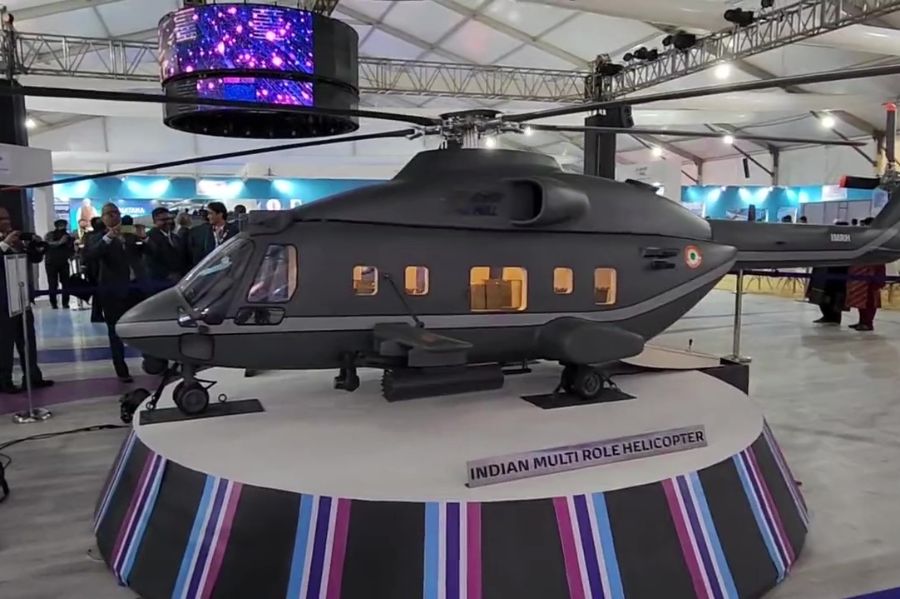
The Indian Air Force (IAF) is setting ambitious goals for the upcoming Indian Multi-Role Helicopter (IMRH) program, according to reports. The IAF has reportedly conveyed to state-owned Hindustan Aeronautics Limited (HAL) a high production rate target of 35 units per year right from the program’s inception.
This urgency stems from the IAF’s need to replace its aging fleet of Russian-origin Mi-17 helicopters. These helicopters, inducted starting in 1971, are becoming increasingly obsolete. Additionally, dwindling spare part support from Russia further complicates their maintenance. The last major purchase of Mi-17 helicopters, the Mi-17V-5 variant, occurred in 2012 with a contract for 71 units. The IAF also retired its final batch of Mi-8 helicopters, precursors to the Mi-17 family, in 2018.
Continue readingSOURCE: AFI

In a significant move to enhance the capabilities of the Indian Navy, Rolls-Royce has offered its MT30 gas turbine as part of the UK-India Electric Propulsion Capability Partnership Working Group. This initiative aims to support the development of future naval ships, marking a new chapter in the collaboration between the UK and India in maritime defense technology.
Lex Zino, Director of Business Development and Future Programmes at Rolls-Royce, emphasized the importance of this partnership, stating: “We have offered the MT30 gas turbine as part of the UK-India Electric Propulsion Capability Partnership Working Group to support future ships of the Indian Navy. There are new programmes on the horizon with the Navy, and that’s part of a discussion for a warship architecture. There were trade-offs during those discussions at the Working Group. We are also supporting the Indian Navy and Indian Coast Guard through the indigenisation process.”
Continue readingSOURCE: AFI

India’s quest for energy security is taking a new turn, with state-run Indian Strategic Petroleum Reserves Ltd (ISPRL) exploring the possibility of leasing crude oil storage facilities in Southeast Asia. According to sources, Singapore, Japan, and South Korea are the frontrunners, chosen for their strategic location, strong logistics infrastructure, and economic competitiveness.
The decision on the final location will hinge on the commercial viability of leasing storage space. Currently, India relies on its own underground caverns at Visakhapatnam, Mangalore, and Padur for strategic crude oil reserves. However, these facilities hold only enough oil to meet the country’s needs for about 10 days.
Continue readingSOURCE: AFI

The Indian Navy has marked its presence in the world’s largest international maritime exercise, RIMPAC 2024, with the arrival of its P-8I long-range patrol aircraft in Hawaii.
RIMPAC 2024 boasts an impressive assembly of 29 nations, showcasing combined maritime prowess with 40 surface ships, 3 submarines, and over 150 aircraft participating in the drills. This multinational exercise serves a crucial purpose in fostering cooperation and strengthening joint operational capabilities among the participating forces.
Continue readingSOURCE: AFI
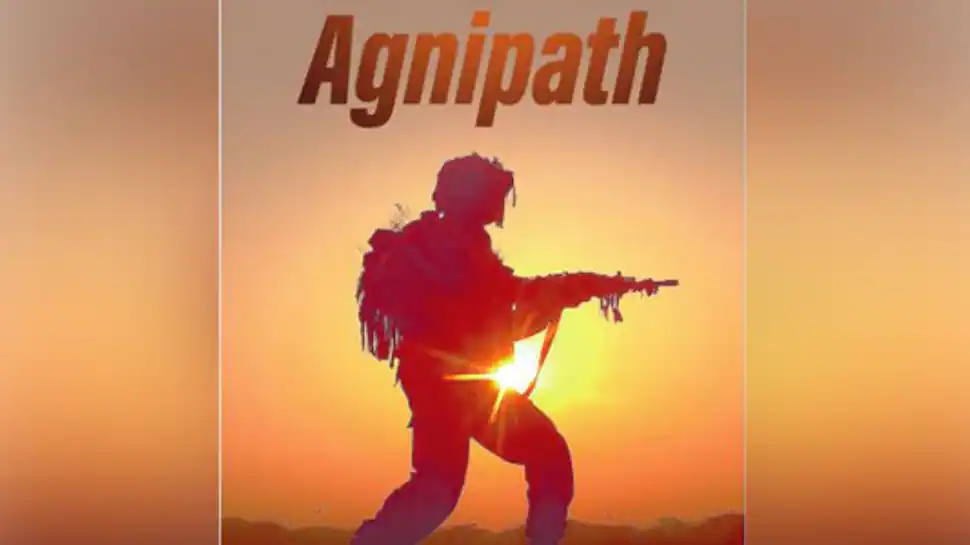
India’s armed forces are seeking modifications to the Agnipath recruitment scheme, a program introduced two years ago that has faced criticism. Senior military officials, speaking on condition of anonymity, have proposed raising the upper age limit for Agnipath inductees from 21 to 23 years old. Additionally, they suggest retaining at least 50% of Agniveers (recruits under the scheme) after their initial four-year service period, compared to the current 25% retention rate.
The proposed changes aim to enhance the combat effectiveness of the armed forces. Officials believe that raising the age limit will allow for the recruitment of graduates who can be trained for technical roles, potentially improving overall operational capabilities.
Continue readingSOURCE: RAUNAK KUNDE / NEWS BEAT / IDRW.ORG

The Defence Research and Development Organisation (DRDO) has made significant progress on India’s indigenous Submarine-Launched Cruise Missile (SLCM). Following successful trials last year, DRDO reportedly conducted two more tests in the past 12 months, showcasing an improved range.
The latest iteration of the SLCM boasts a range of 500+ kilometers, allowing it to strike targets deep within the enemy territory or at sea. This extended range significantly enhances India’s offensive capabilities.
Continue readingSOURCE: RAUNAK KUNDE / NEWS BEAT / IDRW.ORG
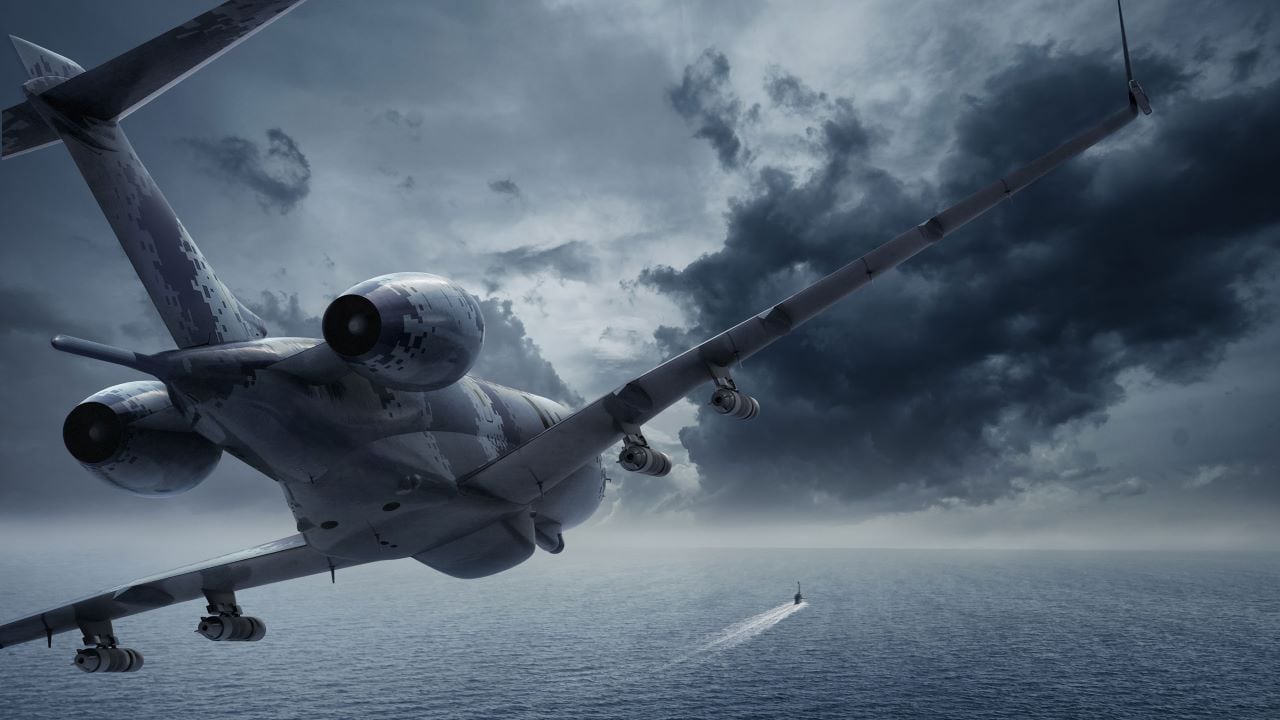
The Indian Navy’s plan to acquire additional P-8I long-range maritime patrol aircraft (MPA) has been put on hold. Instead, the Navy has opted to procure nine new Medium Range Maritime Reconnaissance (MRMR) aircraft based on the Airbus C-295 transport platform.
These MRMR aircraft, developed by Airbus, will provide the Navy with enhanced capabilities for various missions including maritime surveillance, anti-submarine warfare, and maintaining maritime domain awareness. Additionally, they will be equipped with DRDO-developed Electronic Intelligence (ELINT), Communications Intelligence (COMINT), and special operations.
Continue readingSOURCE: RAUNAK KUNDE / NEWS BEAT / IDRW.ORG
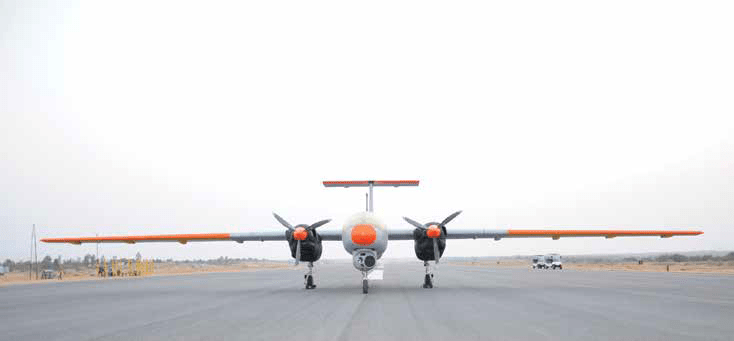
The Indian Navy is set to receive a boost in its maritime surveillance capabilities with the indigenous Tapas MALE (Medium-Altitude Long-Endurance) UAV. According to reports, the Navy has decided to place an initial order for four units of the Tapas, developed by the Aeronautical Development Establishment (ADE) and manufactured by Hindustan Aeronautics Limited (HAL).
These Tapas UAVs will be maritime variants, equipped with navy-specific sensors and electronic warfare (EW) suites. This will enable them to perform critical tasks such as patrolling vast swathes of the Indian Ocean Region (IOR) and keeping a watchful eye on surface and subsurface activities.
Continue readingSOURCE: AFI

The 1971 Indo-Pak War cemented the Indian Air Force’s (IAF) dominance over its Pakistani counterpart. However, a post-war misconception emerged – the IAF’s nighttime effectiveness was attributed to a mythical Soviet Tu-126 AWACS (Airborne Warning and Control System) aircraft, codenamed “Moss.”
The Tu-126, nicknamed “Moss,” was a powerful tool, offering long-range, all-weather surveillance and command and control capabilities. With only 12 ever built, the idea that India leased one during the war to orchestrate nighttime strikes seemed plausible, especially considering the IAF’s success.
Continue readingSOURCE: AFI
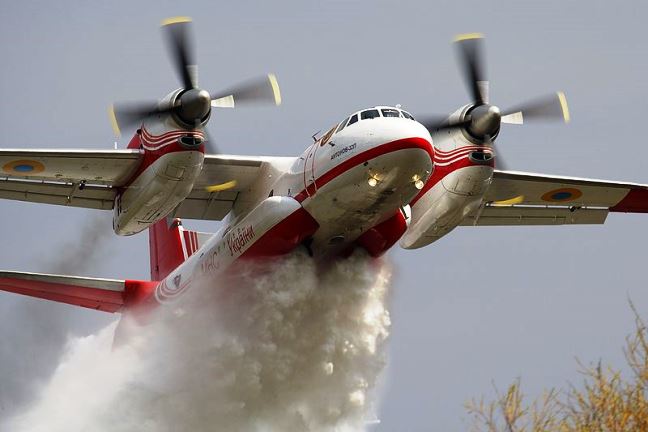
With the Indian Air Force (IAF) planning to phase out its aging An-32 transport fleet, a compelling argument exists to repurpose at least a portion of these aircraft. Forest fires are a growing threat in India, and the An-32 platform offers a unique opportunity to address this challenge through conversion to the Antonov An-32P Firekiller.
Data from the Forest Survey of India paints a worrying picture. Over half (54.40%) of India’s forests face occasional fires, with a significant portion (7.49%) experiencing moderately frequent fires and another worrying section (2.40%) battling high fire incidence. These statistics highlight the urgent need for a robust firefighting strategy.
Continue readingSOURCE: AFI
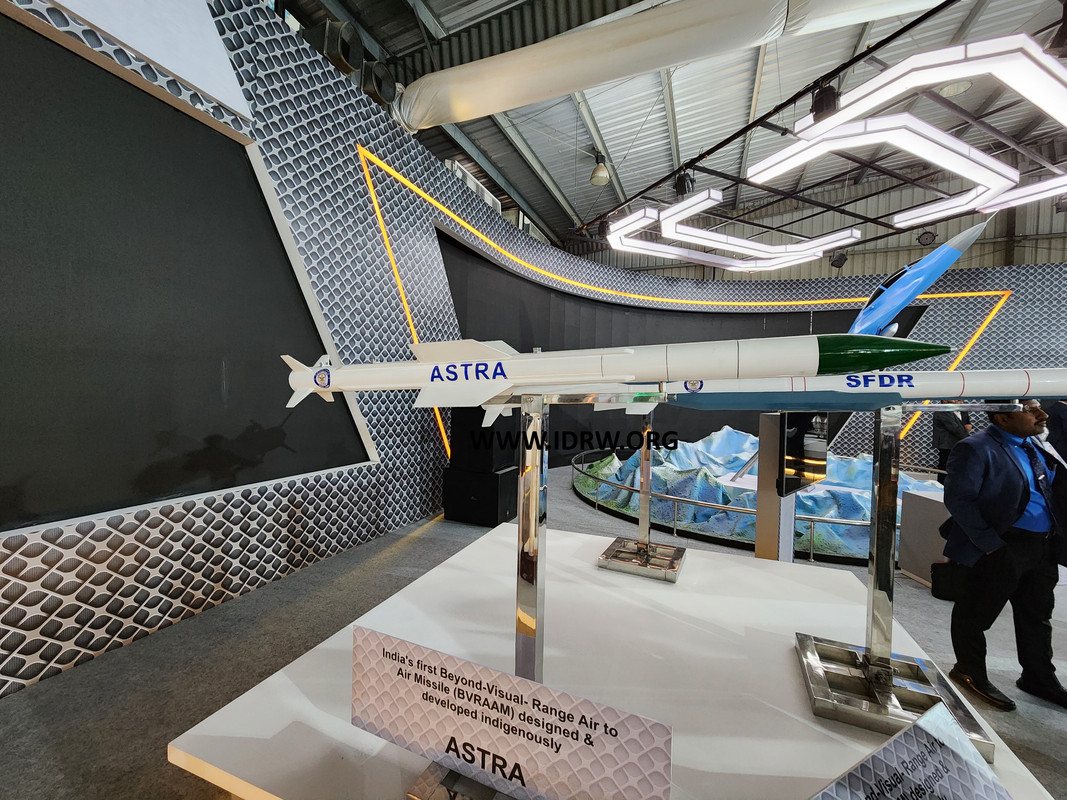
The Indian Air Force (IAF) is taking a significant leap forward in aerial warfare capabilities with the integration of the domestically developed Astra Mk1 Beyond-Visual-Range Air-to-Air Missile (BVRAAM) onto its Su-30MKI fighter jets. This indigenous weapon system offers several advantages over the previously used R-77, bolstering the IAF’s offensive potential.
The Astra Mk1 boasts a unique “Buddy Launch Mode System” coupled with an autonomous guidance capability. This allows the missile to be launched even if the target isn’t locked onto by the firing aircraft. In such scenarios, a nearby friendly fighter can guide and update the missile’s trajectory towards the target, increasing its effectiveness.
Continue readingSOURCE: AFI
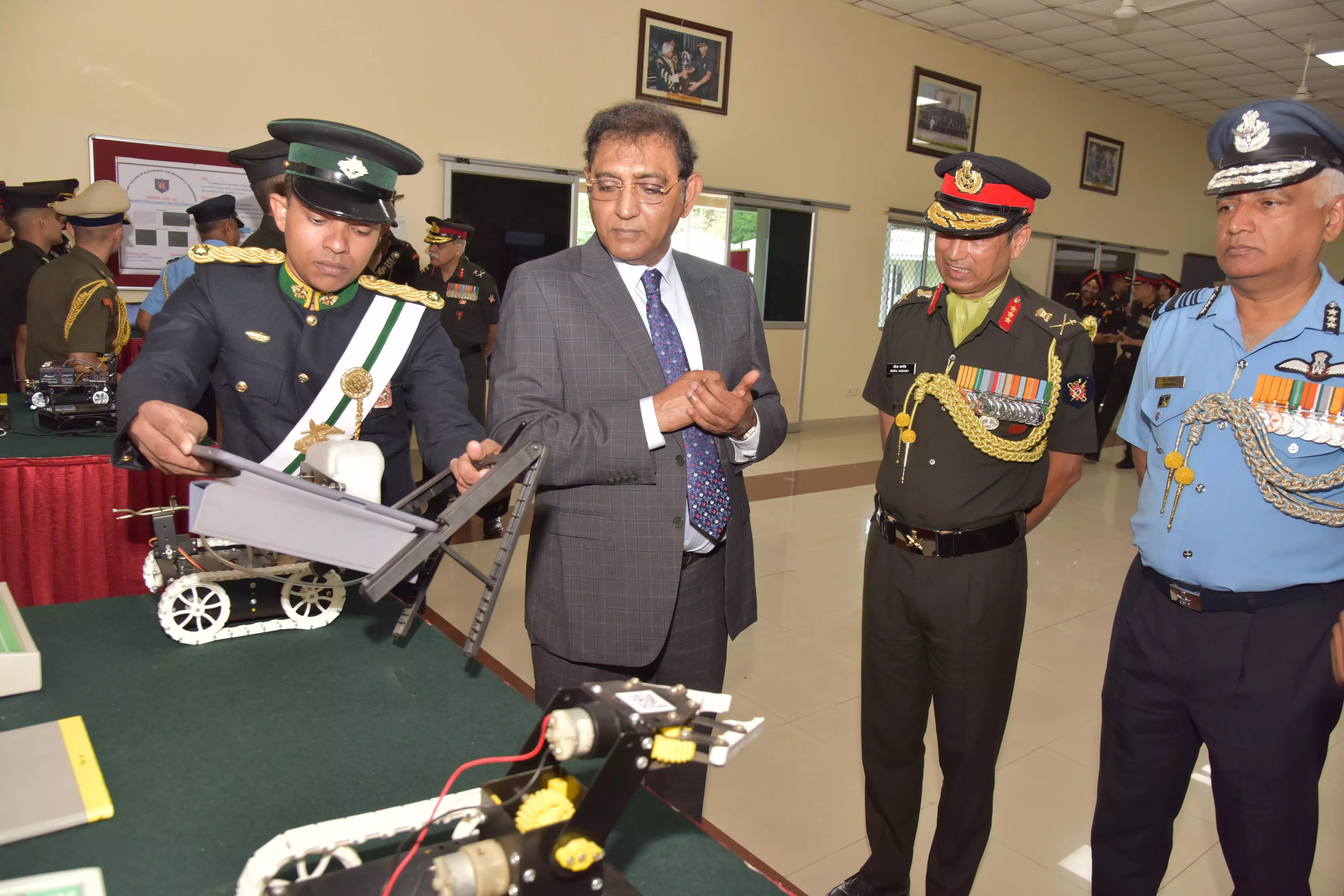
The 105th convocation ceremony at the Military College of Electronics and Mechanical Engineering (MCEME) on Saturday showcased India’s commitment to integrating cutting-edge technology into its armed forces. The event offered visitors a glimpse into several homegrown innovations designed to maximize the military’s operational capabilities.
Among the notable technologies on display were the virtual reality-based combat medical care (VR CMC), an augmented reality (AR)-based advanced mannequin system, an autonomous reconnaissance and battlefield surveillance drone, and a voice-controlled robot capable of offline operation.
Continue readingSOURCE: IDRW.ORG

State-owned Armoured Vehicles Nigam Limited (AVNL) is set to license produce the Russian KAMAZ-53949 Typhoon-K vehicle in India. Having successfully completed internal trials of the locally manufactured Typhoon-K, AVNL is now poised to offer this advanced military vehicle to the Indian Army.
The Typhoon-K motor vehicles are designed to provide integrated logistics support to combined arms and special units, including peacekeeping formations, in various environments. These vehicles are versatile, capable of carrying personnel and military cargo, and serve as a basic chassis for mounting various technical systems and weapons.
Continue readingSOURCE: IDRW.ORG

India has issued a Notice to Airmen (NOTAM) restricting airspace usage between July 17 and 26, 2024, sparking speculation about a possible missile test. The designated area encompasses both the ‘AD Launch Site’ in West Bengal and the APJ Abdul Kalam Island launch pad off the coast of Odisha.
This has led analysts to believe that the test might involve the AD-1 Interceptor missile, a crucial component of India’s Ballistic Missile Defence (BMD) Phase-II program. The inclusion of both launch sites in the NOTAM suggests the possibility of interceptor and target missile launches from separate locations.
Continue reading